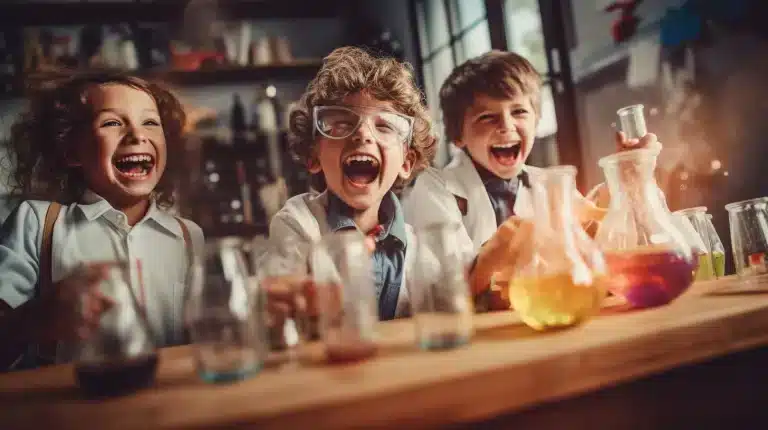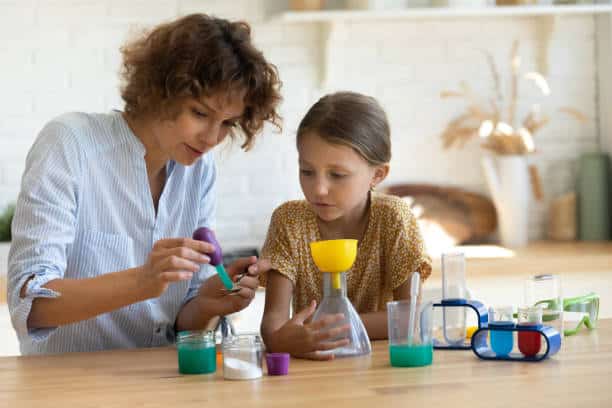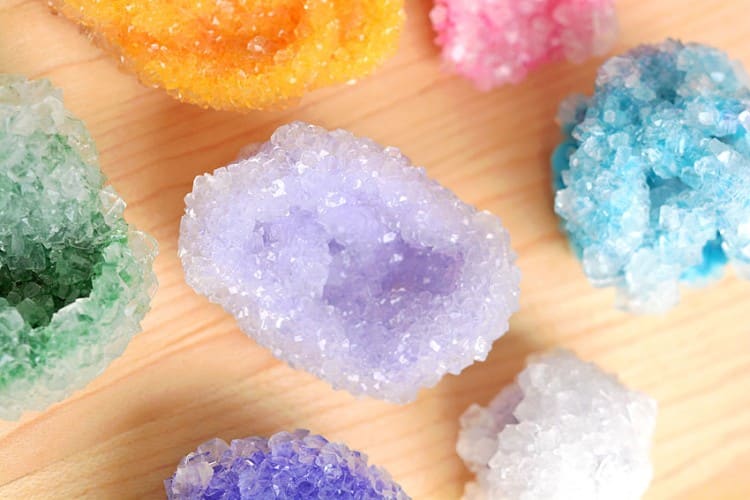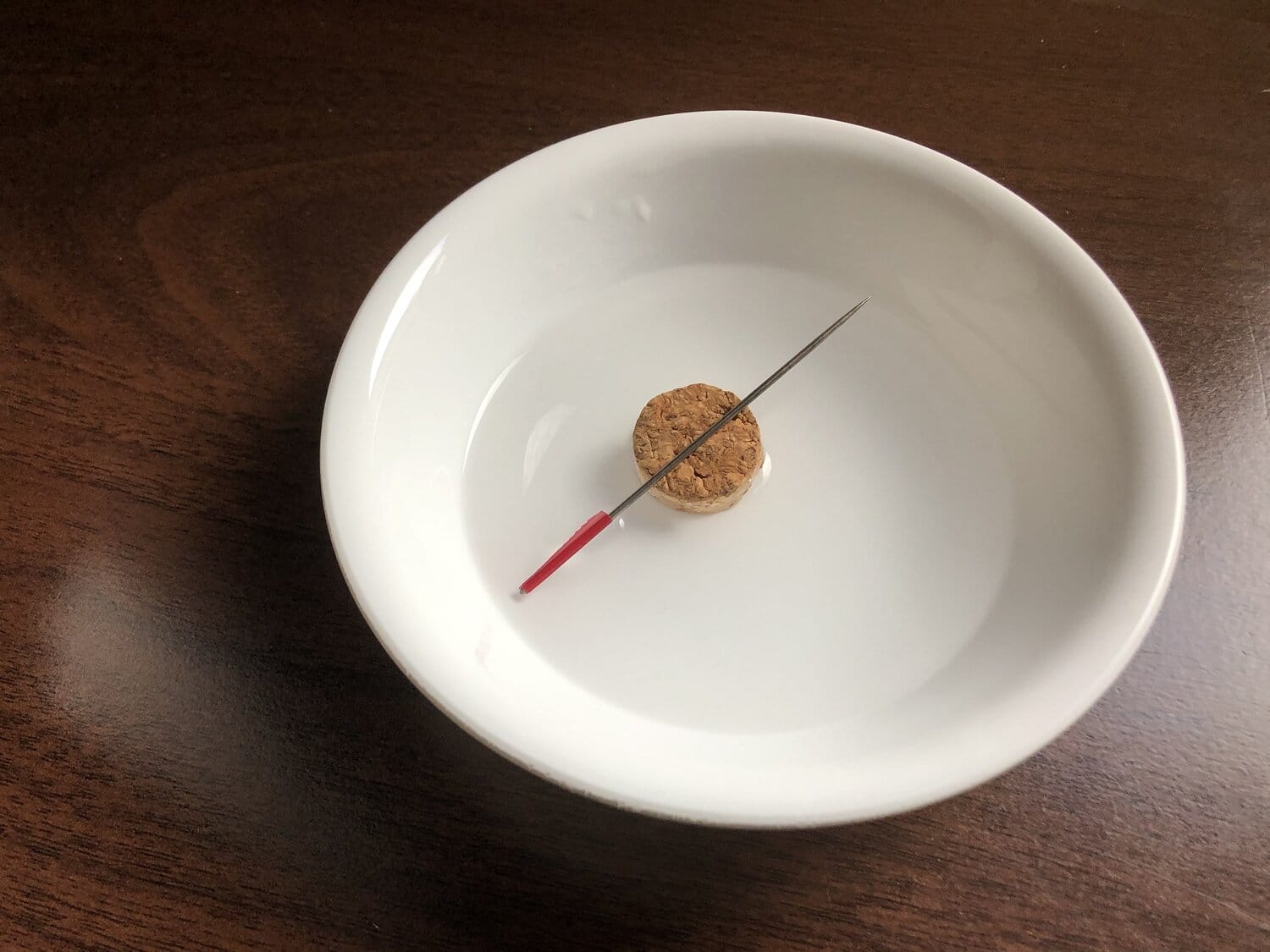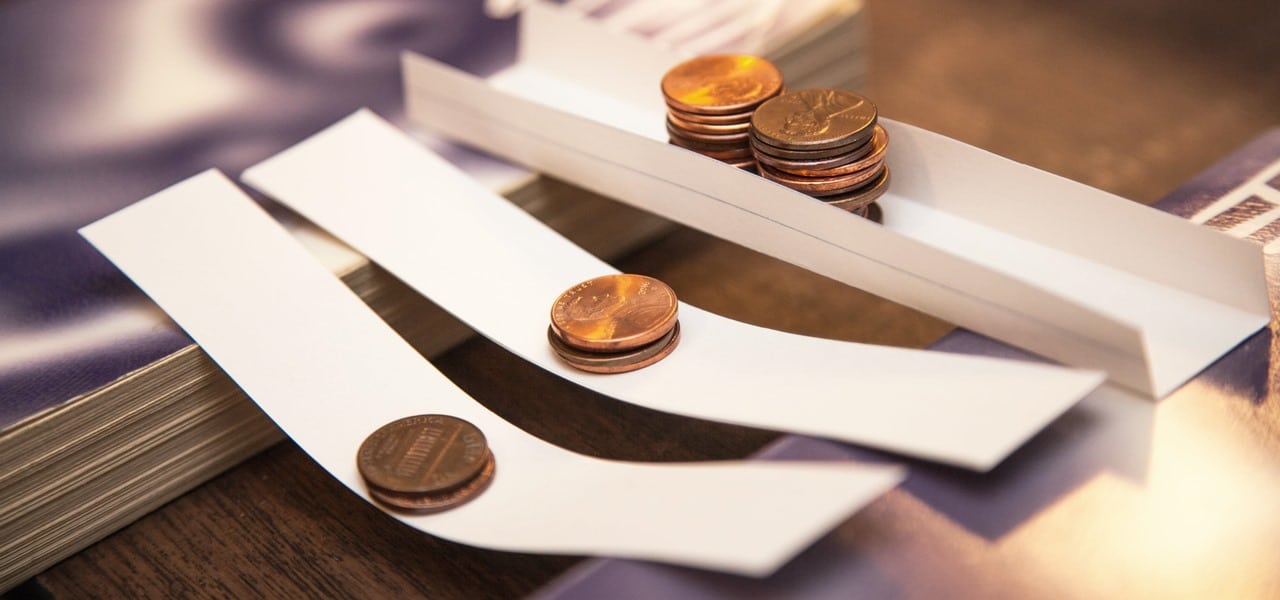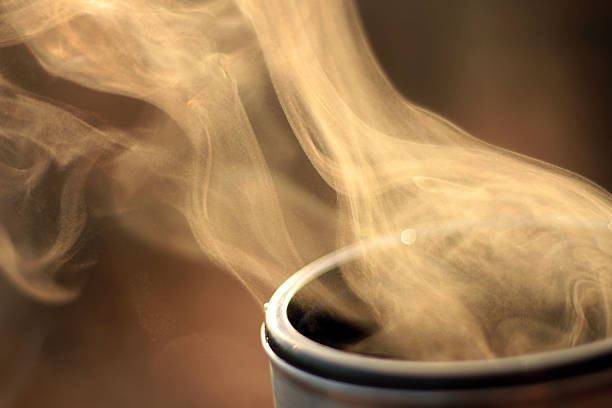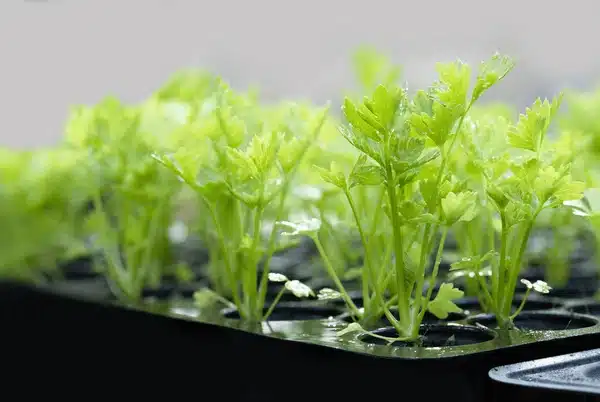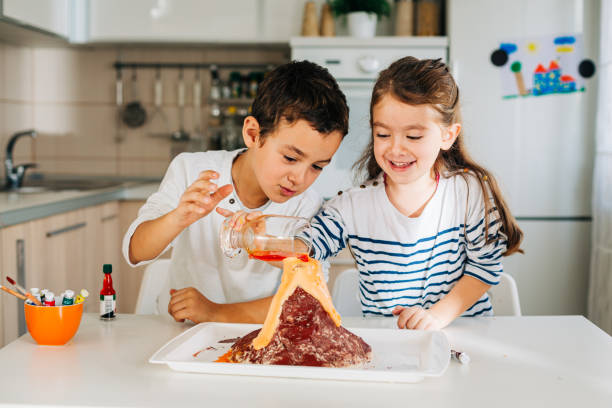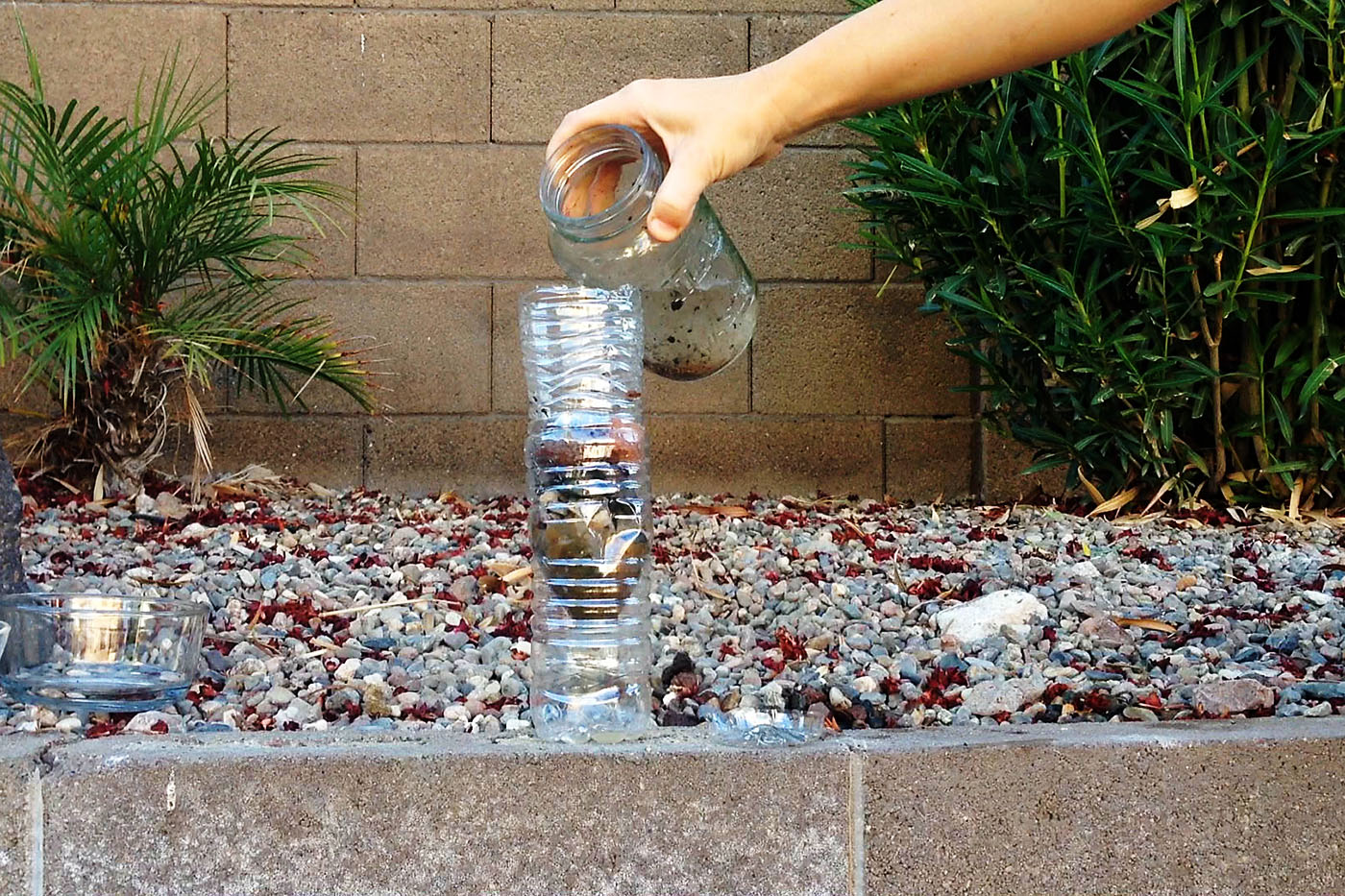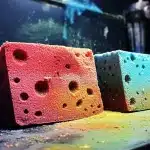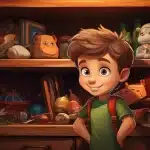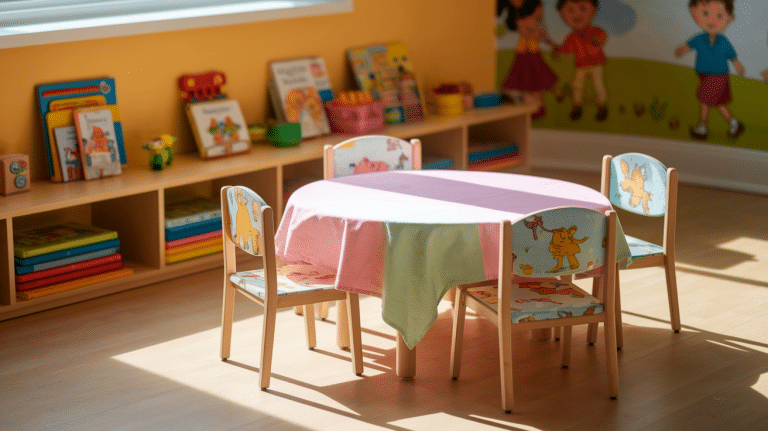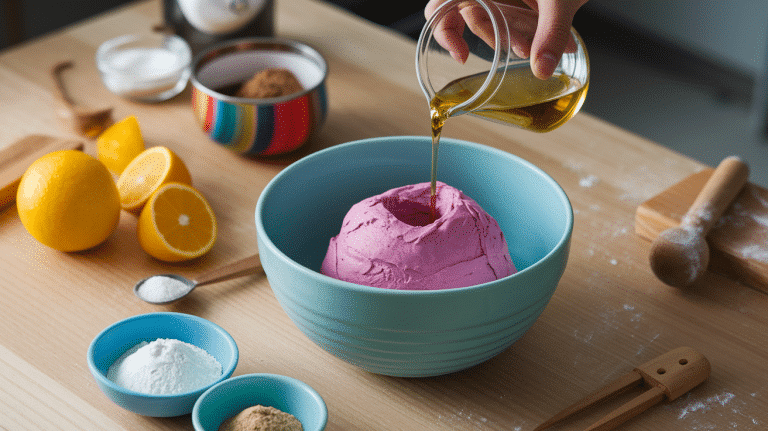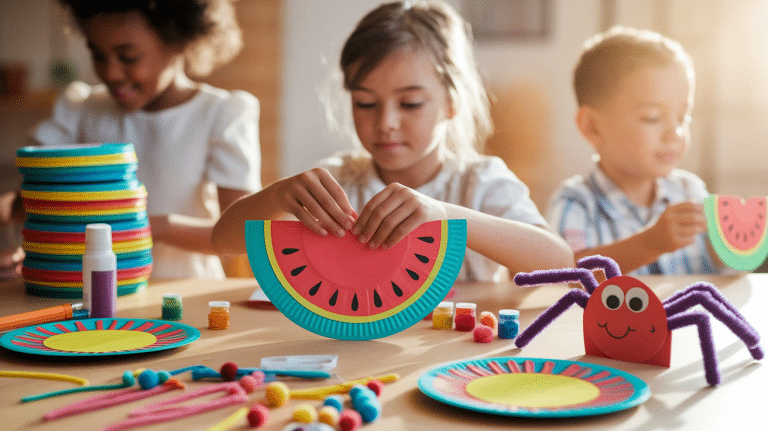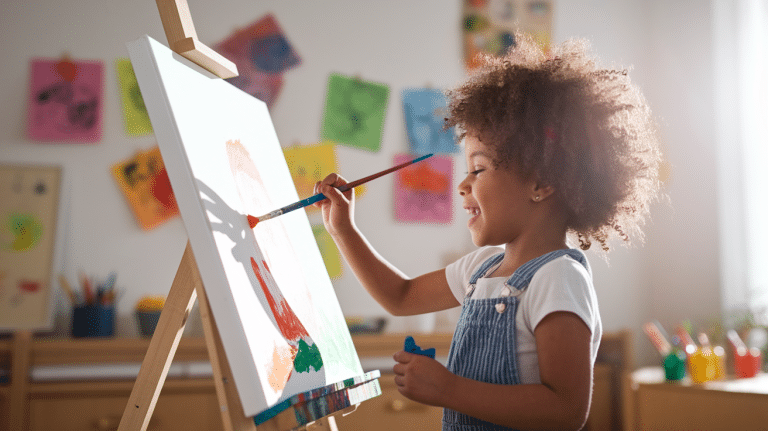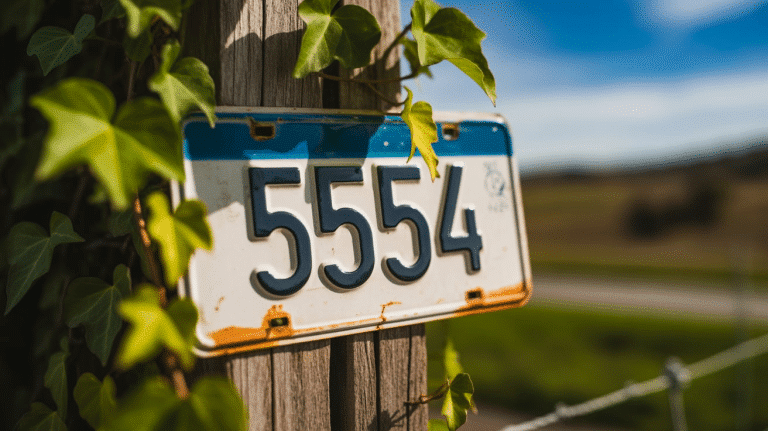Do you know that you can purify water using soil and pebbles? What do you think about making a volcano at home? These amusing facts and precious gifts of science will take children by surprise.
As parents and teachers, we attach a label to science being a complicated subject. However, that might not be true for children.
When we look carefully, science is peeking from every corner. Yes, you heard that right! Scientific experiments and planet projects make learning super easy for children.
Are you wondering about its possibility? Well, grab your lab coat and safety glasses to join us on a fun-filled science expedition.
Fun Experiments for Young Learners
What better way to tickle your little ones’ brains than to learn from live experiments? Learning is fun when you indulge in the right actions. Youngsters will enjoy creating, smelling, building, and developing their emotions while learning live.
Here are our top ten experiments and planet projects.
1. Personalised Crystals
Kids usually love colorful and geometric shapes. The fun multiplies when crystals come in circles, squares, and start or moon shapes. All you need is borax powder and water to create crystals at home.
First things first! Only adults should handle borax and mix it with hot water. Children can add desirable food colors to the solution to participate in the experiment.
Now, make the geometric shapes with plastic straws. You can hang them using a thread in the borax mix and leave them overnight.
As the solution cools down, the borax solidifies on the straw. Tada! You made a beautiful star-shaped crystal at home.
2. Pin Compass
All the young adventurers, it is time for some fun action! We will create a compass to help you pick a direction for your upcoming journey. Gather a few essentials, like a magnet, pin, cork, and water bowl.
Start by rubbing the pin on the magnet. Make sure to stroke it in one direction only. Now, place the pin on the cork and allow it to float in the water. Give it some time to rotate. Soon, the pin will point in north and south directions.
Yes, creating a compass and deciding which way to travel next is that simple!
3. Powerful Paper Bridge
How much weight do you think a paper bridge can hold? Not much, it seems, right? Wrong! Let’s call on the engineers within ourselves and construct a paper bridge.
Take two sturdy plastic cups and an A4 sheet of paper.
The secret here is to experiment with different paper folding techniques. Different crisp folds will help the paper bridge hold the weight of at least ten pennies.
However, keeping a piece of paper without folds cannot hold the weight of a single penny. What we witness is the power of shapes and intelligent construction!
4. Water Cycle Project
Water is the most essential element on planet Earth. Every living organism needs water to survive. But where does all the water come from? Help your little one witness the magic of the Water Cycle Planet project with an easy home experiment.
Take a tub of water and add food color to it. Keep the water tub over high heat and cover it with a lid. The water evaporates to form steam as it boils. Later, turn off the heat and let the steam cool down. It will transform back to water upon cooling.
Further freeze water in ice trays to show how it turns into ice cubes as the temperature drops below 0 degrees.
5. Grow a Seed
Here is another planet project to help Earth become a better and greener place. Watching a seed grow into a big plant does not always need to be a lengthy process.
Help your young ones collect some herb seeds. For example, peas, coriander, cumin, green beans, and peanuts grow quickly. Find small planters or old cups, add soil, and sow the seeds.
Place the planters in the sun and let your children water them. Children can watch the seeds germinate within a few days.
6. Homemade Volcano
Build a water volcano at home to create an outdoor mess with your little ones. Have fun watching a volcano spit colorful foam and make a mess! You will need molding clay, baking soda, liquid soap, color, and vinegar.
Use molding clay to shape a mountain with a space in the center. Slide a plastic cup into the hollow area to pour all your ingredients. First, add a tablespoon of liquid soap, a desirable color, and baking soda to the cup.
Now comes the fun part. When ready, quickly pour in a cup of vinegar, and who! You will watch the foamy lava explode out of the mountain.
7. Water Purifier
Start by engaging children to collect small pebbles, soil, sand, and charcoal. Meanwhile, take an old plastic bottle and cut it in half. Use a pin or needle to punch small holes at the bottom of the bottle.
Now, call your children and begin the purification process. Fill the half bottle with a layer of pebbles, crushed charcoal, and coarse sand, and top it with soil. Now, take a glass of dirty water and pour it through the layers of soil. Place a big bowl underneath to collect the draining water.
The soil and charcoal in the bottle trap dirt and drain clean water. Your homemade water purifier is thus ready.
Summing It Up
Overall, fun and educational science experiments are very beneficial for young learners. Traditional bookish learning sometimes makes scheduling and learning a boring process.
Engaging young learners in these experiments helps them imagine better, feel appreciated, and experience the joy of creation. Besides, it prepares them to develop a problem-solving mindset.
How do you plan to engage your young ones in science experiments? What do you think they will enjoy the most?
Comment below and share your stories and experimentation ideas with us.

